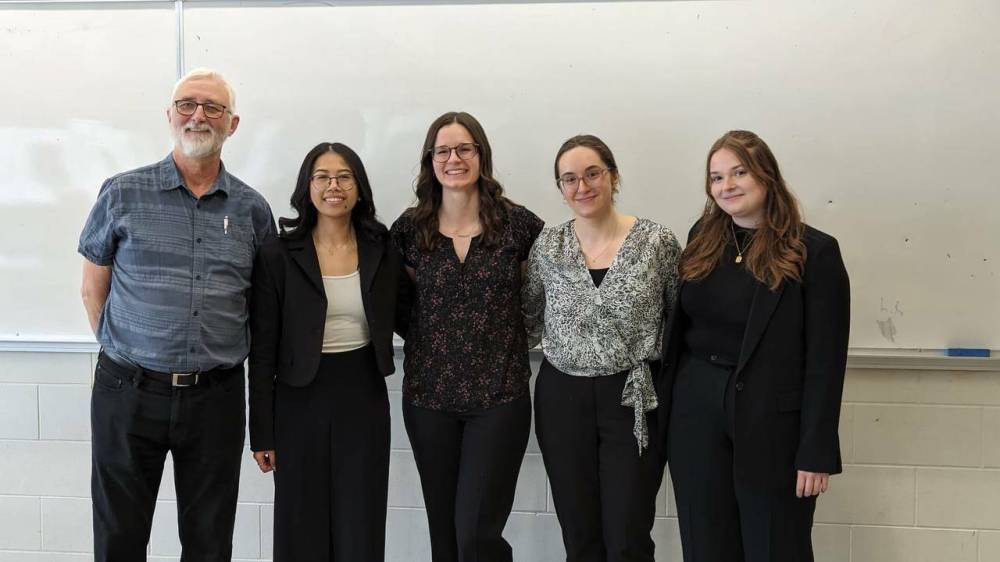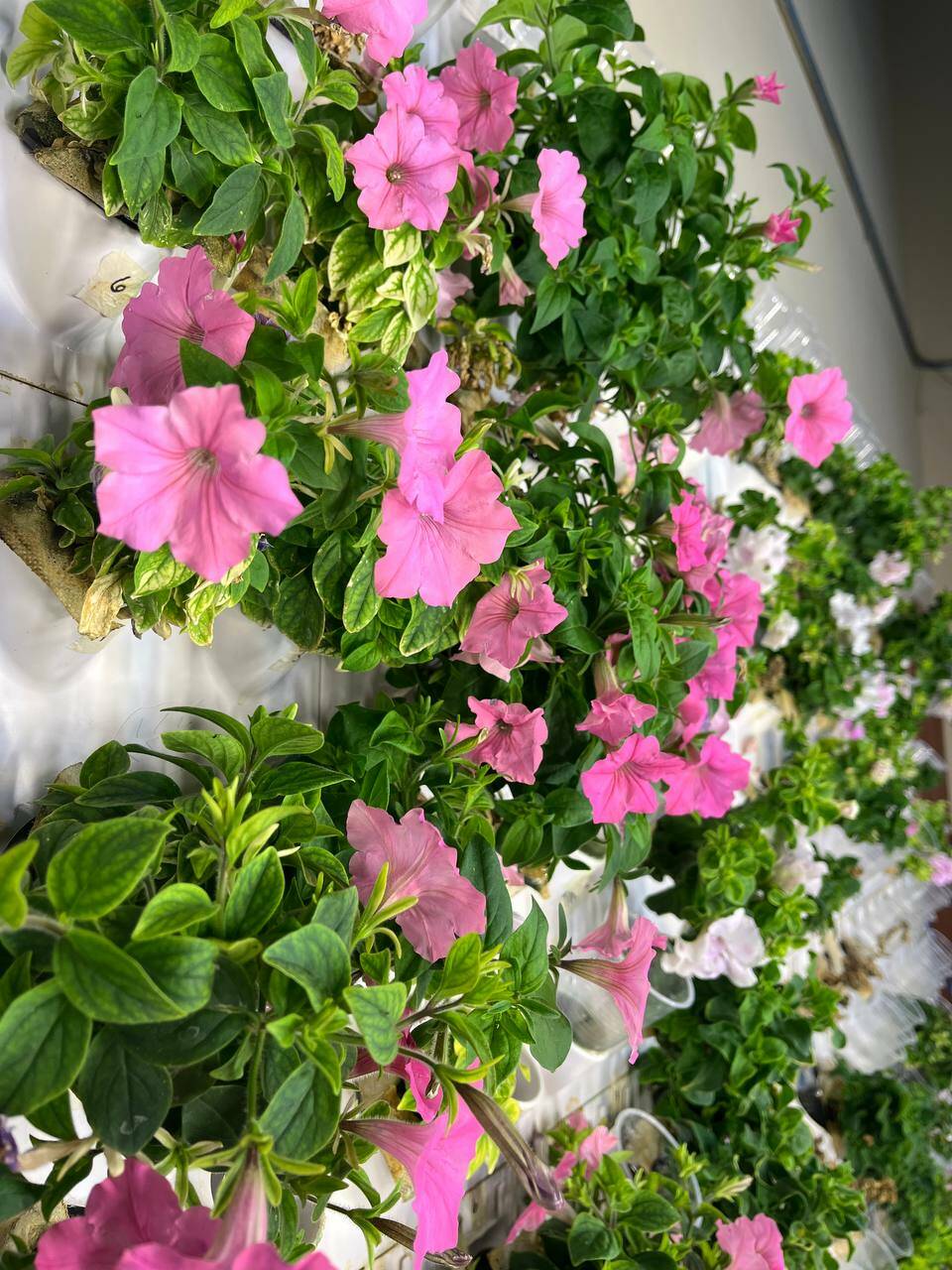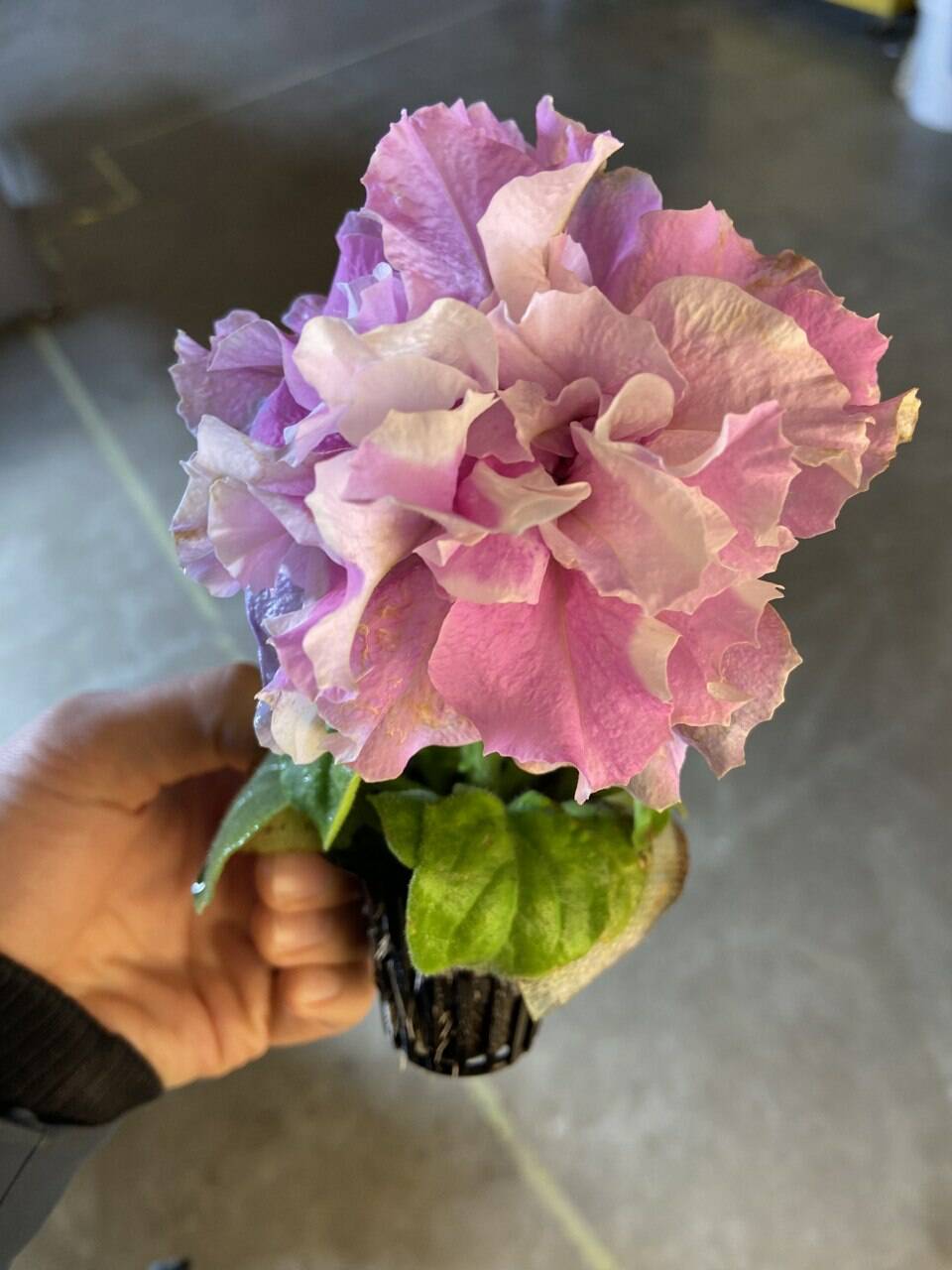Replacing peat moss: a tale of ingenuity, co-operation
New cattail product could revolutionize gardening practices, protect the planet
Advertisement
Read this article for free:
or
Already have an account? Log in here »
To continue reading, please subscribe:
Monthly Digital Subscription
$19 $0 for the first 4 weeks*
- Enjoy unlimited reading on winnipegfreepress.com
- Read the E-Edition, our digital replica newspaper
- Access News Break, our award-winning app
- Play interactive puzzles
*No charge for 4 weeks then billed as $19 every four weeks (new subscribers and qualified returning subscribers only). Cancel anytime.
Read unlimited articles for free today:
or
Already have an account? Log in here »
In a tale of ingenuity and co-operation, a team of University of Manitoba students partnered with Typha Co., a local start-up, to address a pressing environmental concern: finding an alternative to peat moss.
What began as one of their final projects in the biosystems engineering course at the U of M evolved into a promising solution with the potential to revolutionize gardening practices and protect the planet’s future.
“We were all interested in a project that had to do with the environment and sustainability and how that would be applicable in our daily lives,” says Kiara Calista, one of the four students who spearheaded the project.

“This project seemed very applicable, especially with people that garden and things like that.”
The partnership with Typha Co. provided a platform to channel their enthusiasm into tangible action. The students’ research focused on using typha, also known as cattails, as a green replacement for peat moss, which is often added to soil to lighten, aerate and help retain moisture.
Kristen Semenko, another member of the group in her final year, says currently, peat moss is commonly used in greenhouses, but it’s unsustainable and non-renewable, because it absorbs carbon and, when harvested, releases it back into the atmosphere, contributing to climate change.
In contrast, typha, which is abundant in Canada, offers a sustainable option and helps tackle problems such as eutrophication, which causes harmful algal blooms in bodies of water such as Lake Winnipeg.
“We focused on developing a soil replacement, also known as soilless media, made from shredded cattail material. We aimed to make this material viable for plant growth, focusing on key tests like how much water it retains and how much nutrients it provides,” says Calista.
“Through our experiments, we found that composted typha, or cattails, had the best results.”
Semenko says they weren’t sure what to expect initially. Although they knew they’d gather some data, their project required both verification and validation testing, which is rare in such a short project, she says.
“It’s an eight-month project and usually it takes longer to get to a point were you’re doing validation testing. We started growing December 22, so we had to get our things in the ground, in our media, as soon as possible so that we could do these grow trials.”
Despite the challenges involved in the project, they were able to work well together, Calista says.

“We all put in over 150 hours to the project, but we broke it down as a group. I think what was also helpful about this group was that when something needed to be done, there was always someone volunteering to do it and that can be rare sometimes in groups,” she says.
Calista and Semenko say they’re incredibly proud of what they were able to achieve, especially because this is one of their final projects before they graduate.
“It was a rare experience to work in an all-female engineering group, but we all shared a common goal of delivering a project we could be proud of,” Semenko says.
Alec Massé, co-founder of Typha Co., says it was great partnering up with the students.
“We have a close relationship with the University of Manitoba. In fact, this project actually began during my undergraduate studies in bachelor of commerce,” he says.
“We did one of these research projects in 2021 to develop our first flowerpot prototype and this year we finally got around to conducting a project on a potting mix for gardening, essentially that will help replace peat moss.”
Massé, along with co-founder Julien Koga, launched Typha Co. in 2020. Their company uses cattails from Lake Winnipeg to create eco-friendly gardening products. Massé says he has been dedicated to bringing his company’s innovative ideas to life over the past few years.
“What actually keeps me going is thinking about the impact that we can have, not just Lake Winnipeg, but maybe several freshwater lakes that suffer the same fate as Lake Winnipeg. We’ve shown that this is a cost-effective way to reduce nutrient loading and we’re really hoping that this solution is advocated,” he says.

Looking ahead, Typha Co. has launched its first product, the Typha Sustainable Garden Mulch and Soil Amendment. This eco-friendly product replaces regular mulch, improves soil quality and boosts nutrient cycling. The product is going to be available at Sage Garden Greenhouses for pre-order till the end of the month at a 10 per cent discount.
“Our hopes for the future are to have a successful product launch and to carry forward this research with the students to release our second product offering, which will be a potting mix,” says Massé.
Calista says they’re all interested in continuing a little bit of this research in their own way.
“I would love to work with my group members again and I will probably be doing research this summer,” she says.
tvera@Academic.RRC.ca


